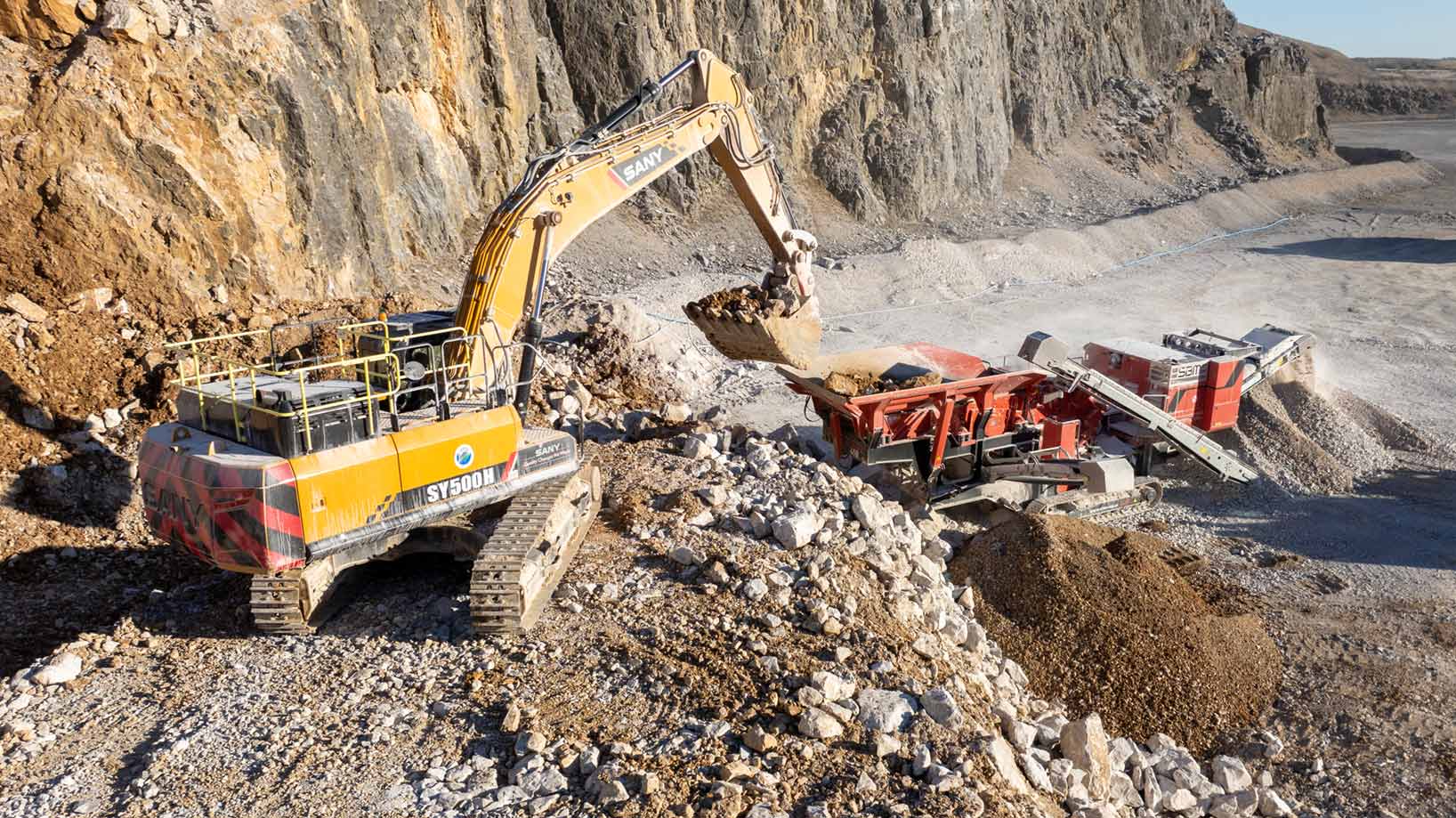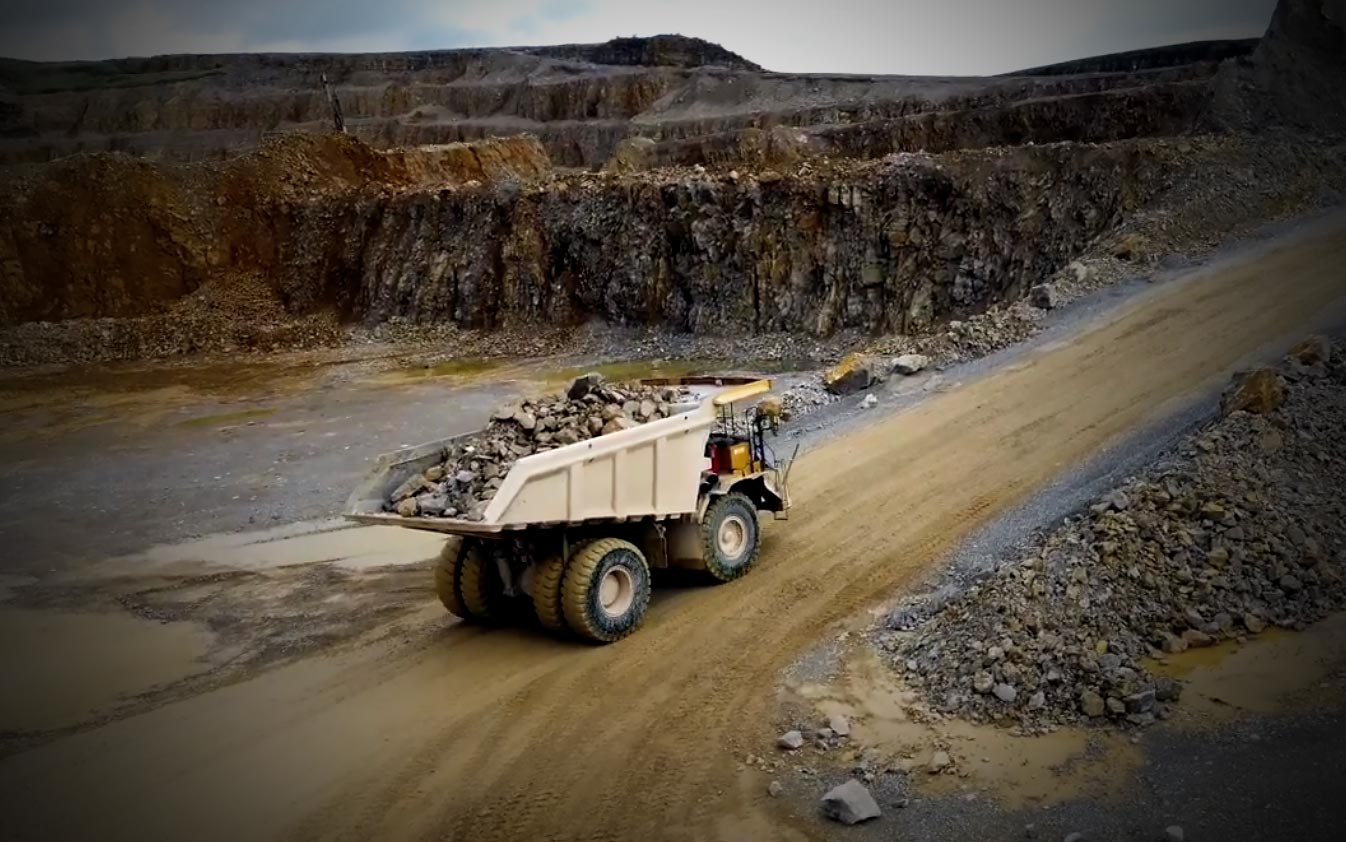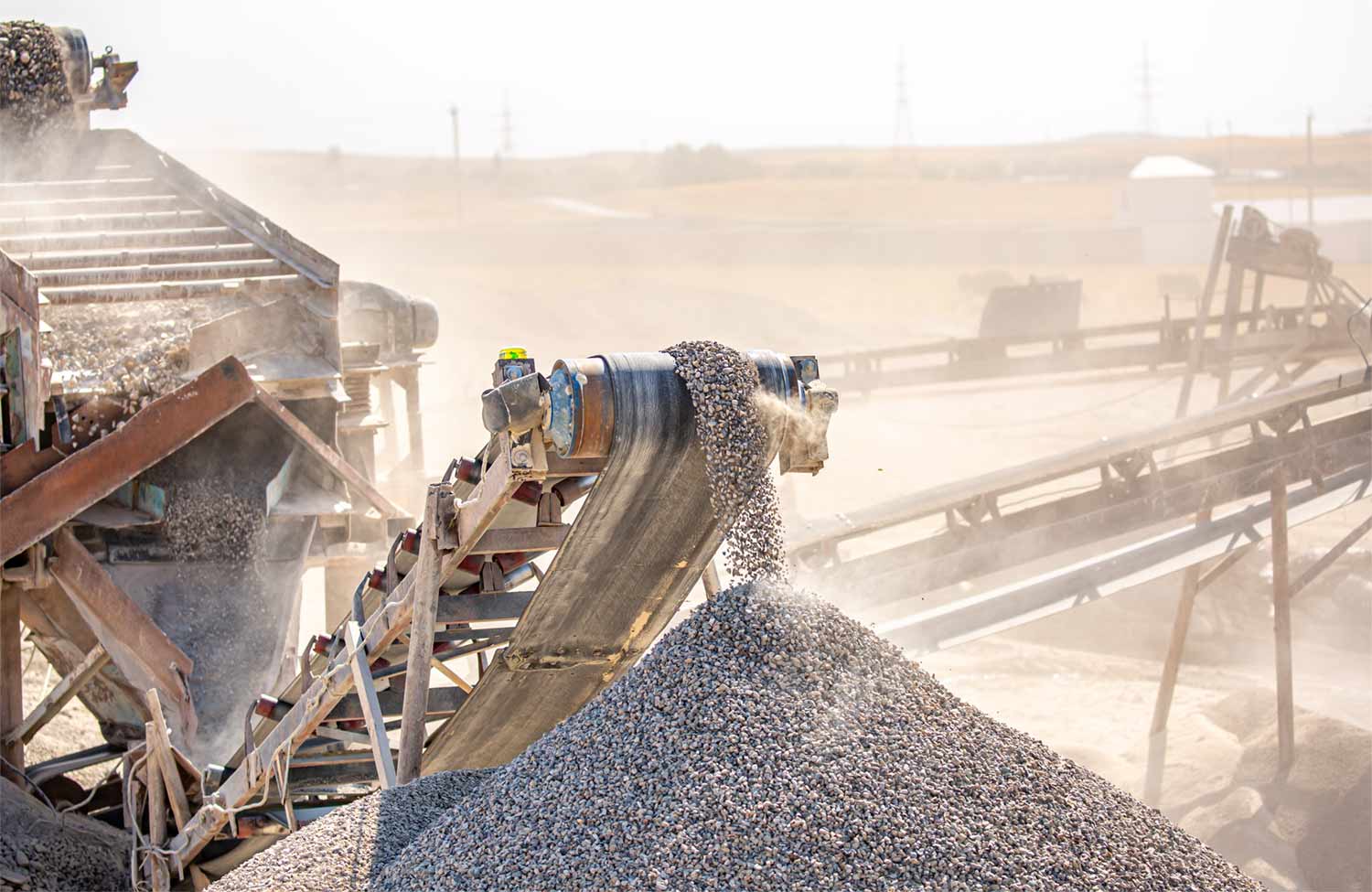As petrol and diesel prices reach new record levels, fuel costs make up a rapidly growing share of the total operating costs for companies in fuel-intensive industries. Monitoring your fuel consumption and idle time is the first and most important step towards cutting your fuel costs, as well as reducing your CO2 emissions. Make sure you have the right tools to collect and utilise real-time data from your fleet and machinery.
Apart from the obvious incentive of reducing unnecessary consumption and idle time due to high fuel costs, there are also other financial factors to take into account. For example, the second-hand value of any vehicle or machinery quickly decreases with every hour it’s been running – regardless of whether those hours were spent productively or not. Service costs are also based on running time. And if your company has the intention of replacing equipment, vehicles, or machinery after a certain amount of running time, you’ll want those hours to span over as many years as possible.

Let the data show you where there’s room for improvement
Private cars are often fitted with stop-start systems that shut down the engine automatically after a certain time to reduce idling. Similar solutions are being used for heavy machinery in some industrial production facilities, but are still far less common. Although removing idle time completely within a company isn’t a realistic goal, excessive idling due to thoughtlessness can be reduced significantly. But before you can change the behaviour of your staff, you need the right data to know where there’s room for improvement. By monitoring your fleet and visualising the data, you’ll be able to establish your fuel consumption baseline and detect any deviations from the expected pattern.

How well are you monitoring the fuel consumption and idle time of your fleet today?
While some companies already have a reasonably accurate view of their fuel consumption and idle time data, others still have a long way to go. To evaluate how well your business is performing in this area, ask yourself the following questions:
- Do you know the average fuel consumption in your organisation – per site and per vehicle/machine?
- Do you know how much of your fleet’s total running time is made up of idling?
- Do your drivers and machine operators report their refuelling digitally or on paper?
- Do you follow up and take action on your fuel consumption and idling data, or are you only collecting it ‘for the sake of it’?
Here’s how to efficiently monitor fuel consumption and idle time
To monitor your fuel consumption and idle time in an efficient way, you need:
- real-time telematics data from the equipment manufacturer
- a digital maintenance system, connected through an API, that can visualise the incoming data
With these key elements in place, you’re ready to start measuring. You’ll immediately have complete insight and traceability into when and where each machine or vehicle is refueled, with what volume, and by which staff member (provided that your maintenance system requires your employees to log in with a personal user account). You’ll also be able to compare fuel volumes with mileage to detect waste.
By monitoring your data this way, you’ll be able to establish a benchmark based on the average consumption. This will help you detect and investigate deviations from expected levels. A sudden rise in consumption could be caused by an increase in production, but it could also indicate waste that needs to be dealt with. With the right data in place, you can ask the right questions. You can also compare data from different sites to discover local issues that need addressing – as well as best practices to share with the rest of the organisation.
Want to know what CheckProof can do for you?
CheckProof's easy-to-use app makes it easier to do the right thing at the right time. Discover how you can run world-class maintenance that is both cost-effective and sustainable.

Revolutionizing Compliance: Banner Contracts on managing ISO audits with CheckProof

Implementation of Digital Systems: Rolling Out CheckProof Across Teams

From Fuel Savings to Production Gains: Cemex Germany’s Wins with CheckProof

A Recap of the CheckProof Industry Event & 10th Anniversary Celebration

Trend Report: Key moments in the Construction Materials industry (2014–2024)

Meet Marcus Edlund, CheckProof’s First Employee and Tech Trailblazer

10 Key Technology Advancements in the Construction Materials Industries

SBMI’s Climate Roadmap for a Fossil-Free Aggregate Industry by 2045

HSEQ trends in the Construction Materials and Heavy Industry







